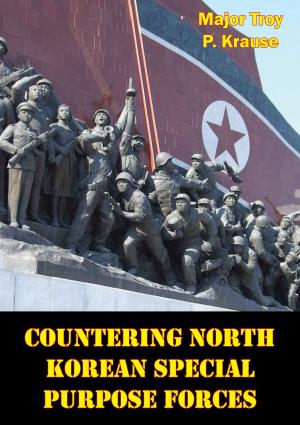| Author: | Group Captain John H. Spencer | ISBN: | 9781782898214 |
| Publisher: | Tannenberg Publishing | Publication: | August 15, 2014 |
| Imprint: | Tannenberg Publishing | Language: | English |
| Author: | Group Captain John H. Spencer |
| ISBN: | 9781782898214 |
| Publisher: | Tannenberg Publishing |
| Publication: | August 15, 2014 |
| Imprint: | Tannenberg Publishing |
| Language: | English |
The North Atlantic Treaty Organization (NATO) was formed as, and remains, a defensive alliance. It is axiomatic therefore, that in the event of a war in Europe, NATO forces would be initially on the defensive. It is also likely that the Warsaw Pact (WP) forces would use all the considerable means at their disposal to achieve their war aims, including air power, and in the past 50 years or so, air power has had a considerable, some would even say a decisive, role to play in the conduct of war. From the foregoing, it can be seen that NATO air defences would be a vital pillar in the overall defence of Western Europe and that should they fail, or be overcome, then the achievement of NATO war aims would be made very much more difficult. In this context, it would seem worthwhile to examine one of the very few air defence campaigns of the past that succeeded and to see what lessons can be learnt from it that have relevance for today.
Arguably, the most notable example of a successful air defence campaign was the Battle of Britain, which took place in the summer and autumn of 1940. Many books articles, and reminiscences have been published about the struggle and this study does not intend to give a detailed blow-by-blow account but rather to analyse the campaign and highlight those aspects which seem of particular importance to the outcome of the battle. It may be that some of these illuminate the eternal verities of warfare and are therefore as important today as they ever were.
The North Atlantic Treaty Organization (NATO) was formed as, and remains, a defensive alliance. It is axiomatic therefore, that in the event of a war in Europe, NATO forces would be initially on the defensive. It is also likely that the Warsaw Pact (WP) forces would use all the considerable means at their disposal to achieve their war aims, including air power, and in the past 50 years or so, air power has had a considerable, some would even say a decisive, role to play in the conduct of war. From the foregoing, it can be seen that NATO air defences would be a vital pillar in the overall defence of Western Europe and that should they fail, or be overcome, then the achievement of NATO war aims would be made very much more difficult. In this context, it would seem worthwhile to examine one of the very few air defence campaigns of the past that succeeded and to see what lessons can be learnt from it that have relevance for today.
Arguably, the most notable example of a successful air defence campaign was the Battle of Britain, which took place in the summer and autumn of 1940. Many books articles, and reminiscences have been published about the struggle and this study does not intend to give a detailed blow-by-blow account but rather to analyse the campaign and highlight those aspects which seem of particular importance to the outcome of the battle. It may be that some of these illuminate the eternal verities of warfare and are therefore as important today as they ever were.
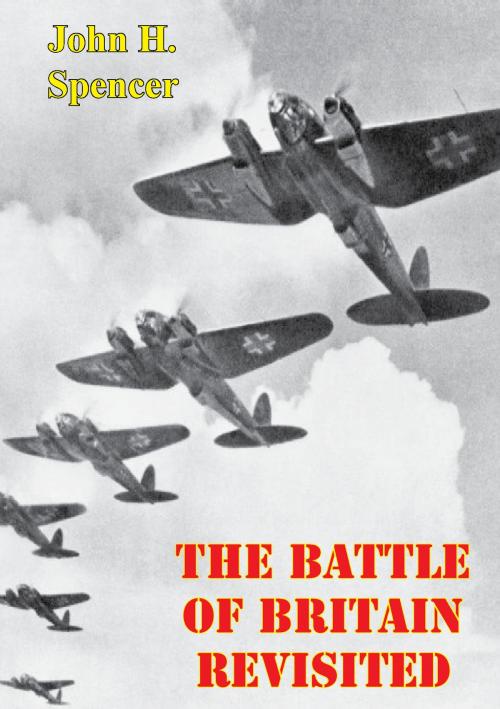
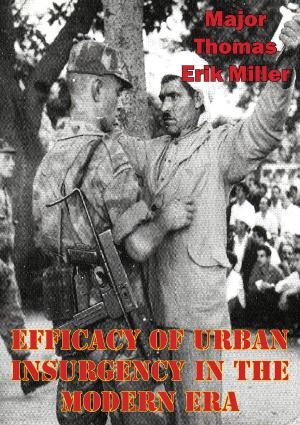
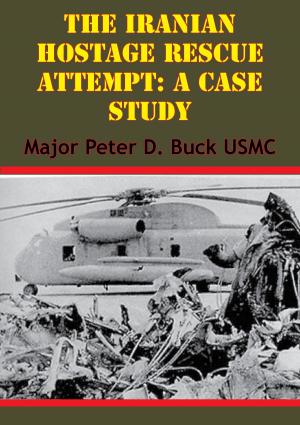
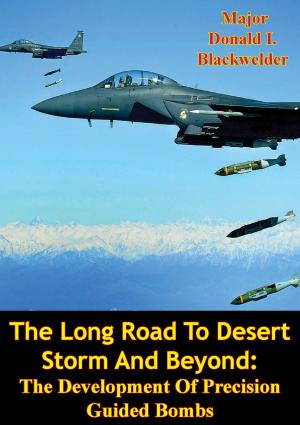

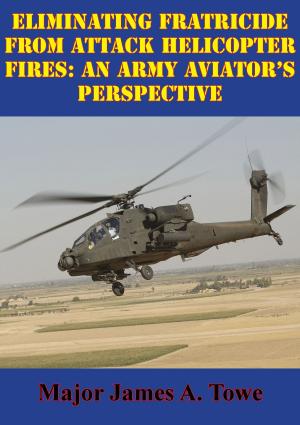

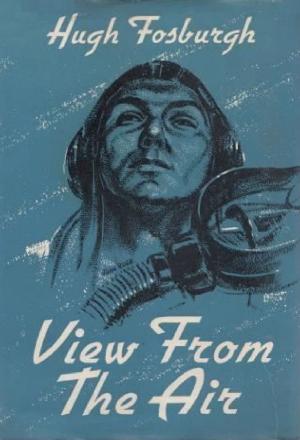
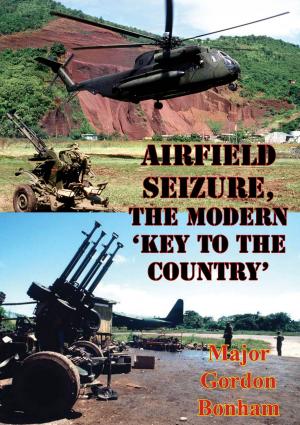

![Cover of the book The Sky Is My Witness [Illustrated Edition] by Group Captain John H. Spencer](https://www.kuoky.com/images/2015/november/300x300/9781786253361-Acvh_300x.jpg)



![Cover of the book Spitfire! The Experiences Of A Fighter Pilot [Illustrated Edition] by Group Captain John H. Spencer](https://www.kuoky.com/images/2015/november/300x300/9781786257529-H3d2_300x.jpg)
